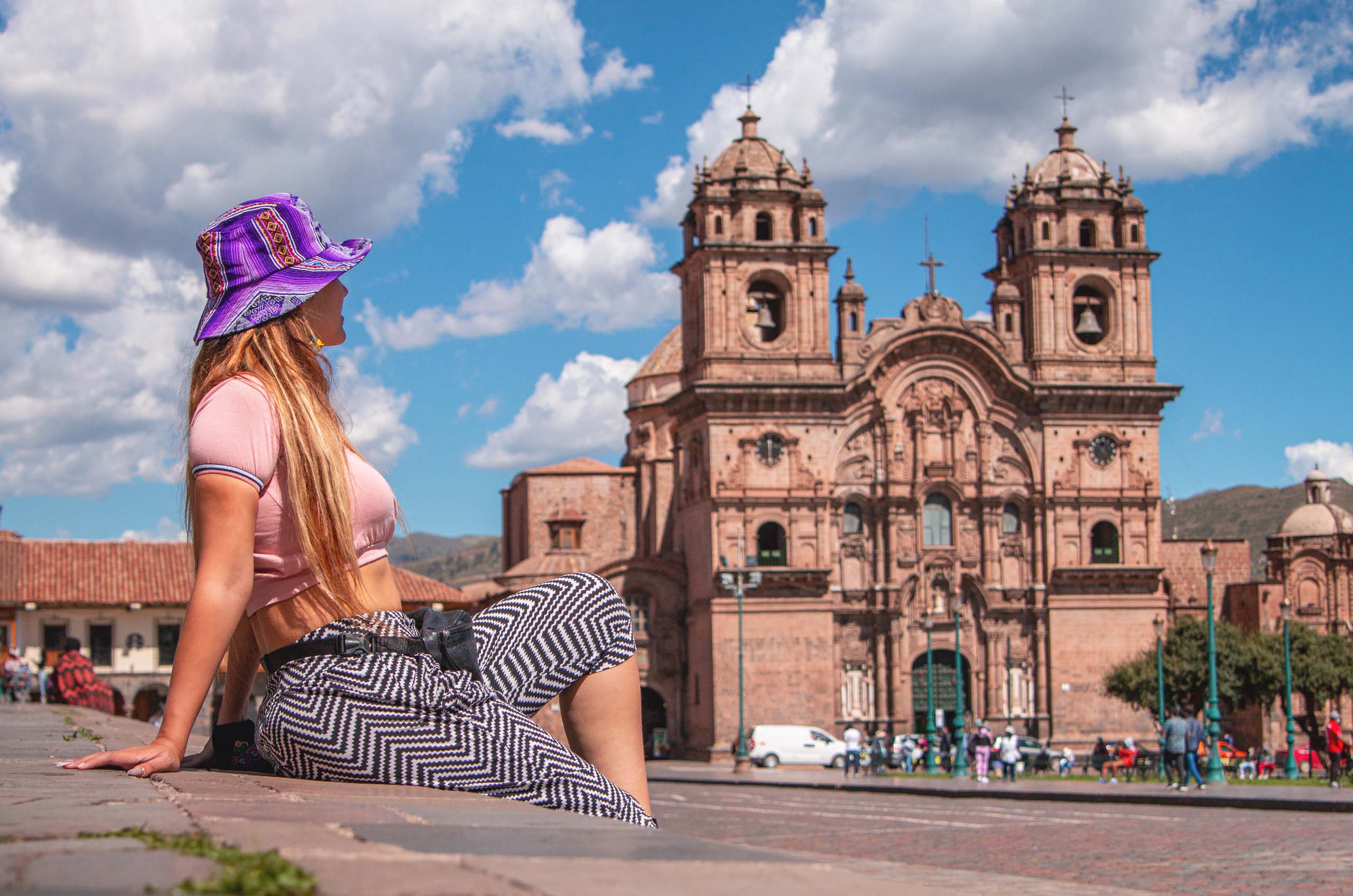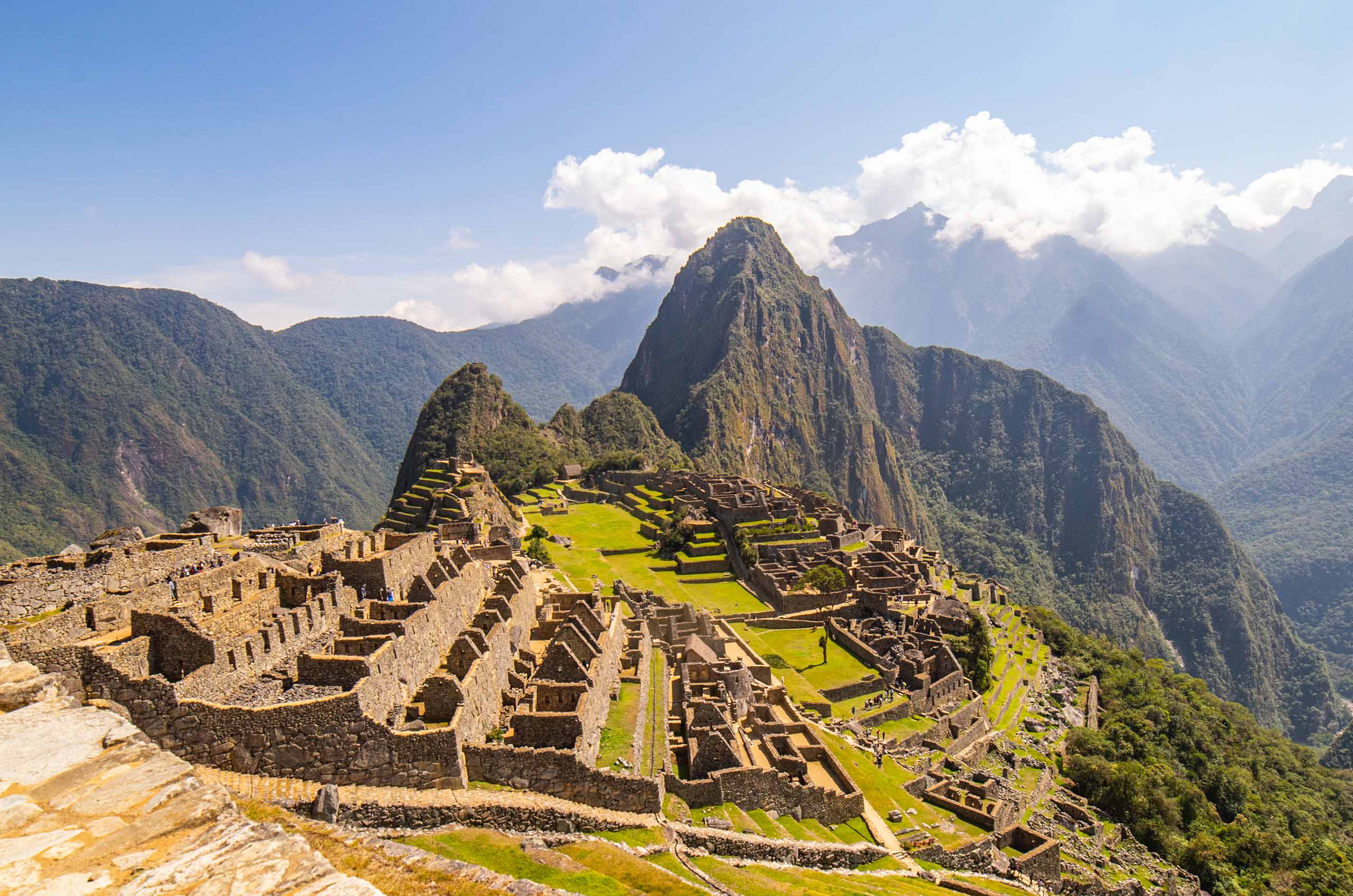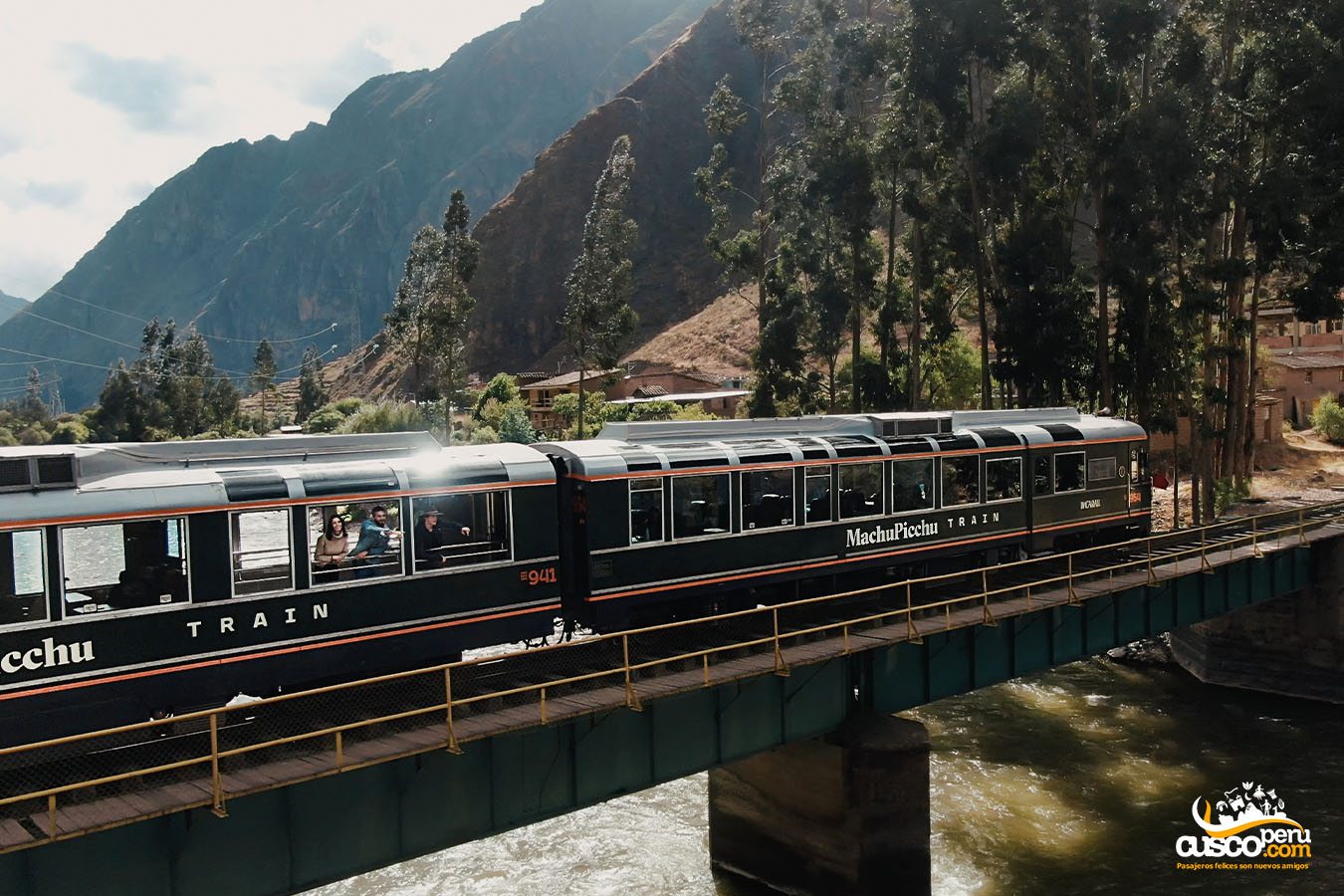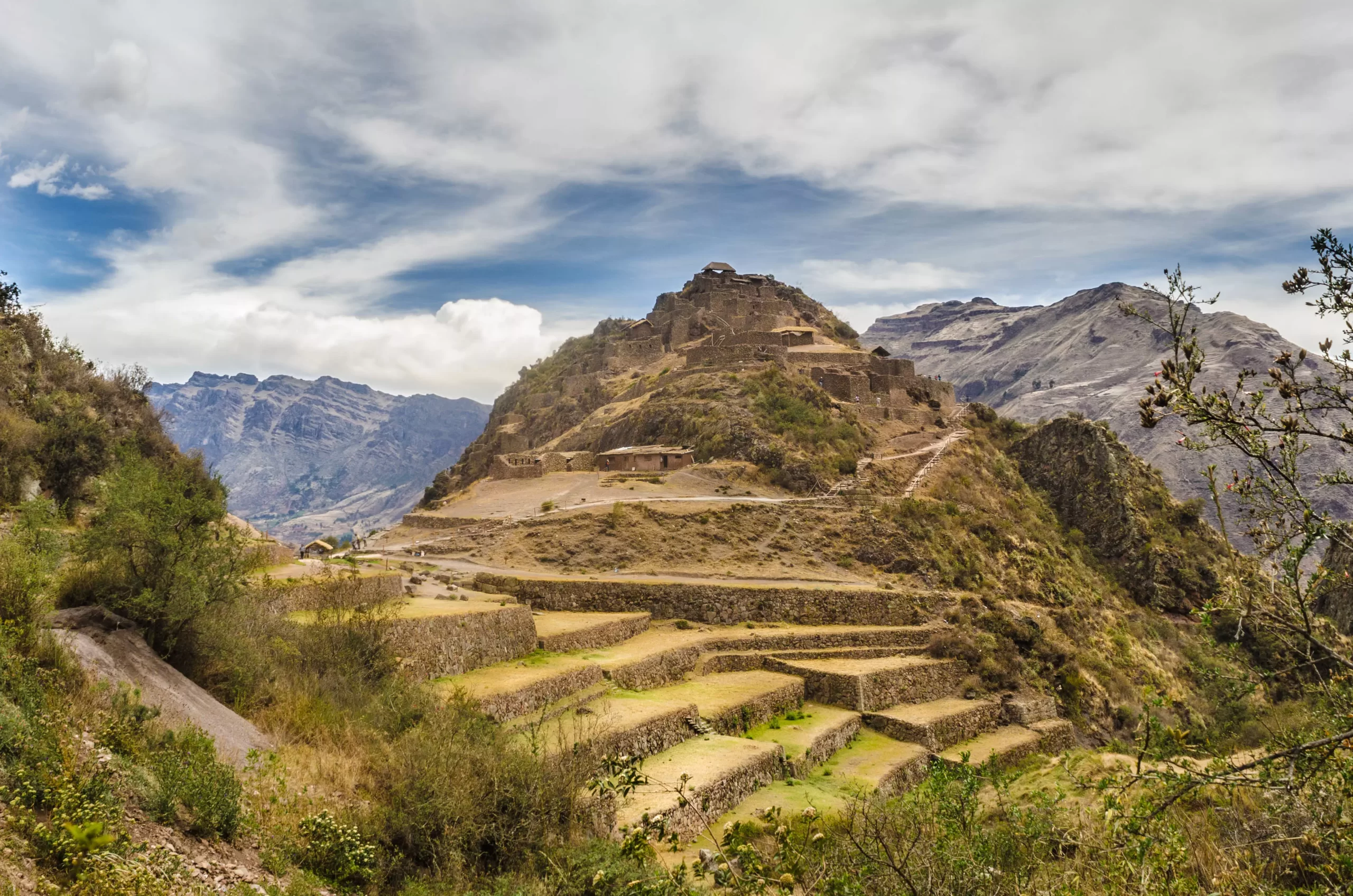
The number of visitors coming to the city of Cusco has increased significantly in recent years, especially tourists eager to explore Machu Picchu. This has made it necessary for some services, tickets, and passages to be booked in advance.
Below, we present a summary of the most important points to consider when planning your trip to the city of Cusco:

The first step for a successful trip to the city of Cusco and visiting the Inca citadel of Machu Picchu is purchasing the Machu Picchu ticket. The Cusco Directorate of Culture is the institution responsible for managing and selling tickets for Machu Picchu.
Due to the massive influx of visitors, entry tickets must be reserved at least 3 months in advance to ensure availability on the desired travel day.
There are 5 different tickets for Machu Picchu, as each offers a distinct visit of the Inca citadel. Here we present what they are and their main differences.
Important: Each ticket is unique and non-transferable, so it is crucial to correctly enter the name, surname, and ID number of each visitor.

After purchasing the Machu Picchu ticket, the next step is to acquire the train tickets for the journey from the town of Ollantaytambo or the city of Cusco to Aguas Calientes.
There are various types of train services and schedules, but generally, if you want to make reservations from one day to the next, especially during high season, prices can vary considerably. It is advisable to purchase these tickets well in advance.
The railway companies on the Ollantaytambo - Aguas Calientes route are as follows:
The types of train services offered on the Cusco - Machu Picchu route are:
The Hiram Bingham is distinguished by its blue and gold colors, its warm and welcoming interiors featuring elegant upholstery. This service includes four cars: two dining cars, a bar car with an observatory, and a kitchen car.
Surrounded entirely by glass, with carriages featuring large panoramic windows that offer unparalleled scenic views and are perfect for taking spectacular photographs.
The Expedition features carriages fully covered by panoramic windows so that travelers can immerse themselves in the beauty of the natural landscape, and they will be informed about the most significant points along this ancient route.
The company Inca Rail obtained permission to start operations on this route in 2009. The types of train services offered on the route to Machu Picchu are:
Designed for passengers looking for privacy, luxury, and maximum comfort, the car also features a beautiful onboard bar. Fully paneled in wood, with warm lighting, panoramic windows, and luxury finishes.
This service features spacious and comfortable seats, which have been carefully designed to ensure the total comfort of passengers. Additionally, all seats have tables at the front and panoramic windows to enjoy the beautiful landscape.
They have comfortable seats, which have been carefully designed. Additionally, all seats have tables at the front and panoramic windows to enjoy the beautiful landscape.
They have comfortable seats, which have been carefully designed to ensure maximum comfort. Additionally, all seats have tables at the front and panoramic windows to enjoy the beautiful landscape.

The city of Cusco has developed an extensive range of hotels, meaning you are unlikely to face difficulties in finding available accommodation. During your trip to the city of Cusco, you should be aware that although there is a wide choice of hotels, during the high season (May to August) hotel rooms can be scarce, so it is advisable to book at least one month in advance.
In the high season, prices tend to rise, not just for hotels but also for all services offered in Cusco and Aguas Calientes.
To visit Machu Picchu, you must first get to the city of Cusco, either by air or by land. Here is a brief summary:
The journey from Lima to the city of Cusco by land takes approximately 20 hours, which can vary if traveling during the rainy season, sometimes extending to 22 or 24 hours. The route is operated by the following companies:
Each company manages its own schedules, however, they are similar in some respects:
Air services between Cusco and Lima offer an efficient connection between two key destinations in Peru. With a flight duration of approximately 1 hour and 30 minutes, depending on the airline, find the best option according to your needs. The route is operated by the following airlines:
Each airline manages its own schedules, however, they are similar in some respects:
The citadel of Machu Picchu is one of the 7 Wonders of the World, built by the Inca Pachacutec, this incredible archaeological center is the main tourist attraction in Peru.
The famous Inca city is located at 2,400 meters above sea level, almost 1,000 meters below the city of Cusco, which is at 3,300 meters above sea level.
This marvel of Inca architecture is the main tourist attraction for all visitors to Peru and a must-visit destination if you are planning a trip to the city of Cusco.
This mountain is the one that appears in the background in almost all photographs of Machu Picchu and is famous for the challenging climb to the summit. The ascent to the top of the mountain takes approximately an hour and a half. The path is through stone stairs and along the edge of a four-hundred-meter abyss down to the Urubamba River located at its base.
Because it is considered one of the top five short hikes in the world, tickets are in high demand and should be purchased at least six months in advance.
The Machu Picchu Mountain is also located next to the Inca citadel but offers a better view of the surrounding area. The climb to this mountain is more user-friendly and less demanding than the climb to Huayna Picchu Mountain and takes about two hours.
The hike to the summit of this mountain is an option when tickets to Huayna Picchu are sold out.

The city of Cusco is characterized by an urban architecture that intertwines, on one hand, the Inca influence, with its stone walls, staircases, and other lithic constructions, and on the other, the Spanish influence, with its balconies, houses with large entry gates, and double-pitched roofs, which you must visit on your trip to the Inca capital.
The city of Cusco has at least 12 churches in its urban area, many of which were built over 400 years ago. Among the most representative are:
Many of the museums in the city of Cusco were once owned by the most important Spanish authorities living at that time or were once Inca palaces. Among the most representative museums are:
Although partially destroyed by the Spaniards, it is still possible to appreciate parts of the original structure of some Inca palaces. The most well-known are:

The Sacred Valley of the Incas is located an hour's drive from the city of Cusco and has countless attractions, both natural and archaeological.
The town of Pisac, located in the Sacred Valley, hosts a popular craft market in the area. In the upper part of the town, there are Inca terraces offering an impressive view of the entire valley.
The archaeological site of Pisac is considered one of the finest archaeological complexes in Peru. This place was not only an Inca citadel but also an important religious center.
The archaeological site was an Inca fortress and observation center, as it is strategically located at the intersection of three valleys. In the streets of the town of Ollantaytambo, one can find Inca walls, aqueducts, as well as terraces and cultivation terraces.
The Incas built Moray probably with the intention of experimenting with their crops, as this construction, which resembles a coliseum, has recorded significant temperature differences between one step and another, so it is believed that here they tested and developed new types of seeds.
An example of seed experimentation during the Inca period can be seen in the town of Urubamba, where one can find the giant Cusco corn, unique in the world for the size of its grains and its pleasant taste.
This town is famous for its textiles and textile industry. At its typical market, there is an innumerable variety of textiles, wools, and factory designs. Its archaeological site has terraces, staircases, cupboards, and channels, all dedicated to agriculture.


Happy passengers